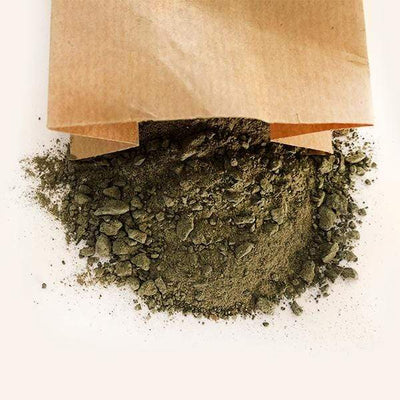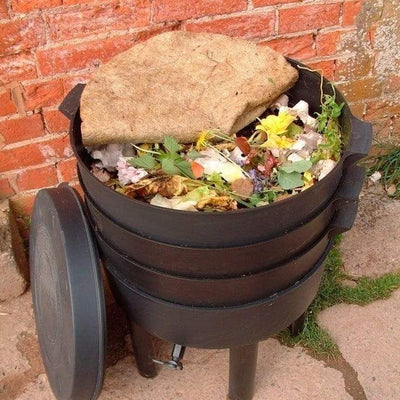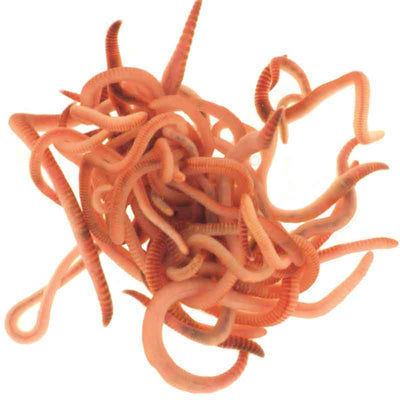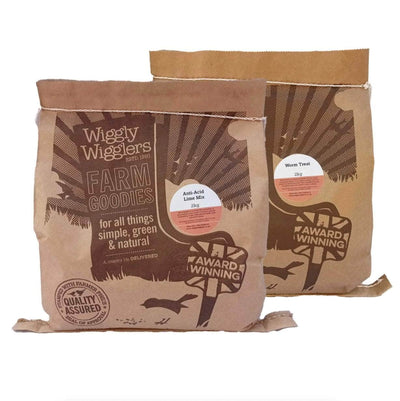Breeding mealworms at home is a rewarding way to produce sustainable protein for pets or poultry, and it’s easier than you might think. If you're just getting started — or looking to fine-tune your setup — here are answers to some of the most common questions about keeping mealworms healthy and happy.
Do Mealworms Prefer Darkness?
Yes — mealworms thrive in darkness. In their natural habitat, they live beneath logs or in grain stores, so they’re used to dark, quiet conditions. While they don’t get "stressed" in the way mammals do, constant exposure to bright light can interfere with their behaviour. You might notice them burrowing more deeply or avoiding food.
If your tubs are translucent or exposed to light, consider keeping them in a shaded spot or covering them with a breathable dark cloth to give them the darkness they prefer without reducing airflow.
What Plant-Based Foods Can Mealworms Eat?
Mealworms are very adaptable and enjoy a wide range of plant-based foods — which is great news for vegetarians or anyone with leftover veggie scraps! Some favourite options include:
-
Carrot
-
Cucumber
-
Lettuce
-
Spinach
-
Potato
-
Sweet pepper
Avoid citrus fruits, onions, garlic, and anything mouldy or overly soft. These can harm your colony or attract pests.
It’s a good idea to rotate foods to provide variety and balanced nutrition. In hot weather, placing fresh food in the morning and removing it by lunchtime is a smart way to prevent spoilage. While mealworms don’t need food 24/7, regular access to moisture-rich foods helps keep them hydrated.

How Often Should I Change Mealworm Bedding?
Mealworm bedding serves as both their habitat and food source, so it’s important to keep it clean and fresh. Change the bedding when:
-
It becomes very fine or dusty
-
You notice a strong smell (especially ammonia)
-
There’s a heavy build-up of shed skins or waste
This might be every 3–6 weeks depending on the size and activity of your colony.
You don’t need to add sand or grit, but some keepers choose to include a small amount of crushed eggshell or fine sand to aid digestion. If you’ve rinsed and dried any bedding you previously used and it smells clean, it can be mixed back in.
What Is Mealworm Bedding Made From?
The most common bedding is wheat bran, but other ingredients include:
-
Oat bran
-
Rolled oats
-
Semolina
Some breeders mix these to vary the texture or nutritional content. Just make sure any dry food used is free from additives, salt, or sugar.
What Should I Know About Pupae?
Pupae — often nicknamed “the aliens” — are the transitional stage between larvae and beetles. They start off pale white and gradually turn light brown. This colour change is normal and signals development.
Signs of a dead pupa include:
-
Black or shrivelled appearance
-
Foul odour
-
No movement when gently touched
Healthy pupae should be kept separate from both larvae and beetles. Many breeders use a container lined with dry kitchen roll for this stage. If your pupae are turning into beetles — congratulations! You're on track.

What Causes an Ammonia Smell in the Container?
A slight ammonia smell usually means:
-
Too much moisture in the bedding
-
Spoiled food or waste build-up
-
Dead larvae breaking down
It’s a sign that it’s time to change the bedding and reassess how much moisture-rich food you’re providing. Always aim to keep the environment dry and well-ventilated.
Do Mealworms Like Egg Boxes or Cup Carriers?
Yes — egg boxes and cardboard cup holders make great additions to your setup. They offer hiding spaces and help with air circulation, especially for beetles and pupae. You can place them on top of the bedding to create little hideouts.
Just ensure any cardboard used is:
-
Clean
-
Free from dyes or ink
-
Fully dry
These structures encourage natural behaviours and can help reduce stress or overcrowding.
Final Thoughts
Mealworms are low-maintenance, but small changes can make a big difference to the health of your colony. Whether you're feeding reptiles, poultry, or just exploring sustainable food sources, a well-managed mealworm setup is a fantastic project with long-term rewards.
Got more questions about breeding mealworms? Leave a comment or contact us — we’re happy to help!






